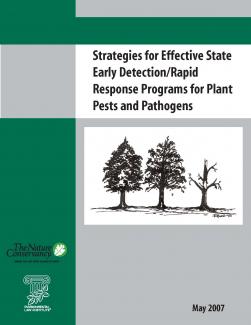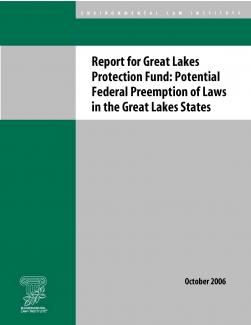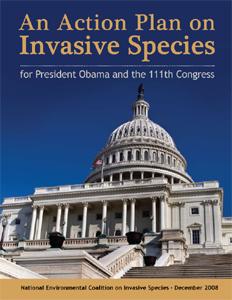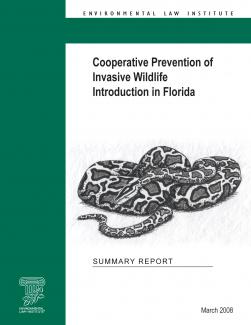Strategies for Effective State Early Detection/Rapid Response Programs for Plant Pests and Pathogens

Early Detection/Rapid Response (EDRR) is a critical tool for identifying and eradicating introductions of new invasive species and pests. The effectiveness of EDRR largely depends on a supportive legal framework that can facilitate quick action. However, a number of states either lack the appropriate legal framework or contain restrictions (such as on the use of pesticides, or the area/manner in which they can be applied, etc.) that hinder the effective use of EDRR. It is important to understand where these gaps in state authority lie in order to address them at the legal and policy level.





